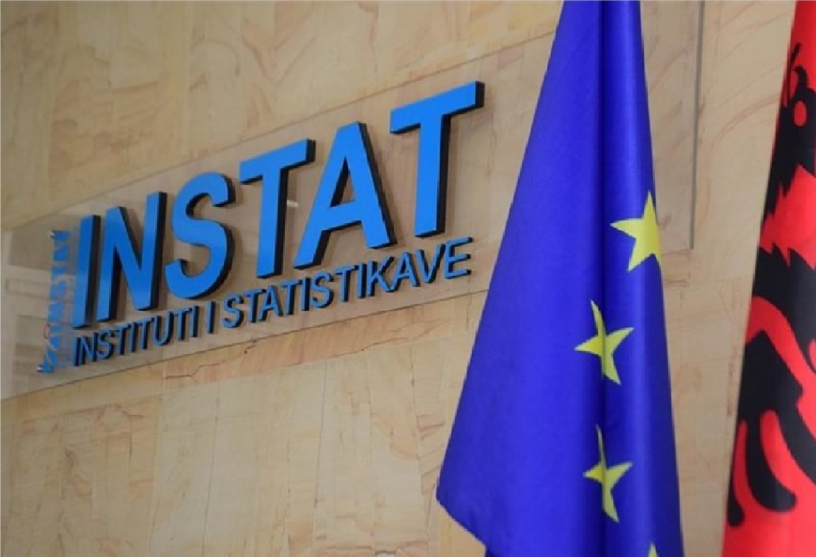Albania`s labour market has undergone significant changes in 2024, with a noticeable drop in unemployment and an uptick in employment levels. According to the latest data from the Albanian Institute of Statistics (INSTAT), the unemployment rate stood at 8.8% in the fourth quarter of 2024, marking a decrease of 0.8% percentage points compared to 2023. These shifts reflect broader economic trends as well as demographic factors tied to population movement.
One of the main reasons behind the declining unemployment rate is the boom in the services sector, particularly tourism, which has been firing on all cylinders. While agriculture, industry, and services have all contributed to job creation, the services sector has taken centre stage. This shift suggests that Albania`s economy is turning a corner, with services steadily outpacing traditional industries.
Beyond economic trends, a crucial factor in reducing unemployment has been the shrinking working-age population. The latest census revealed a population decline of approximately 420,000 compared to the 2011 Census, reducing the labour force from 1.9 million to 1.5 million. With fewer job seekers in the market, finding employment has become less of an uphill battle for those who remain.
Despite the overall drop in unemployment, young people aged 15 – 29 are still bearing the brunt job market challenges, with an unemployment rate of 19.1%. While this marks a 2.1 percentage point decline from the same period last year, it also represents a 1.4 percentage point increase compared to the third quarter of 2024. This rollercoaster trend suggests that, despite some progress, integrating young people into the workforce remains an uphill struggle.
According to INSTAT, the average gross monthly salary reached 83,401 all in the fourth quarter of 2024, reflecting an 11.2% increase compared to the previous year. The finance and information and communication technology sectors continue to be the cream of the crop, offering the highest salaries – 163,000 ALL and 121,000 ALL, respectively. Meanwhile, the public sector still has the upper hand over the private sector in terms of wages, with an average salary of 100,000 ALL compared to 76,000 ALL in the private sector. Although the gap has narrowed by 4% compared to the third quarter of 2024, public sector jobs still hold plenty of appeal.
The latest figures from INSTAT paint a largely positive picture of the labour market, with key industries on the rise and a shrinking labour force helping to keep unemployment in check. However, challenges such as persistent youth unemployment and the pay divide between the public and private sectors continue to loom large.
As Albania`s economy gathers steam, policies must ensure that young people aren`t left out in the cold. Bridging the gap between public and private sector wages, expanding skill development programs, and fostering job opportunities in emerging industries will be crucial. With the right mix of strategic investment and forward-thinking policies, Albania`s labour market could be well on its way to smoother sailing in the years ahead.
Written by our correspondent A.T.



